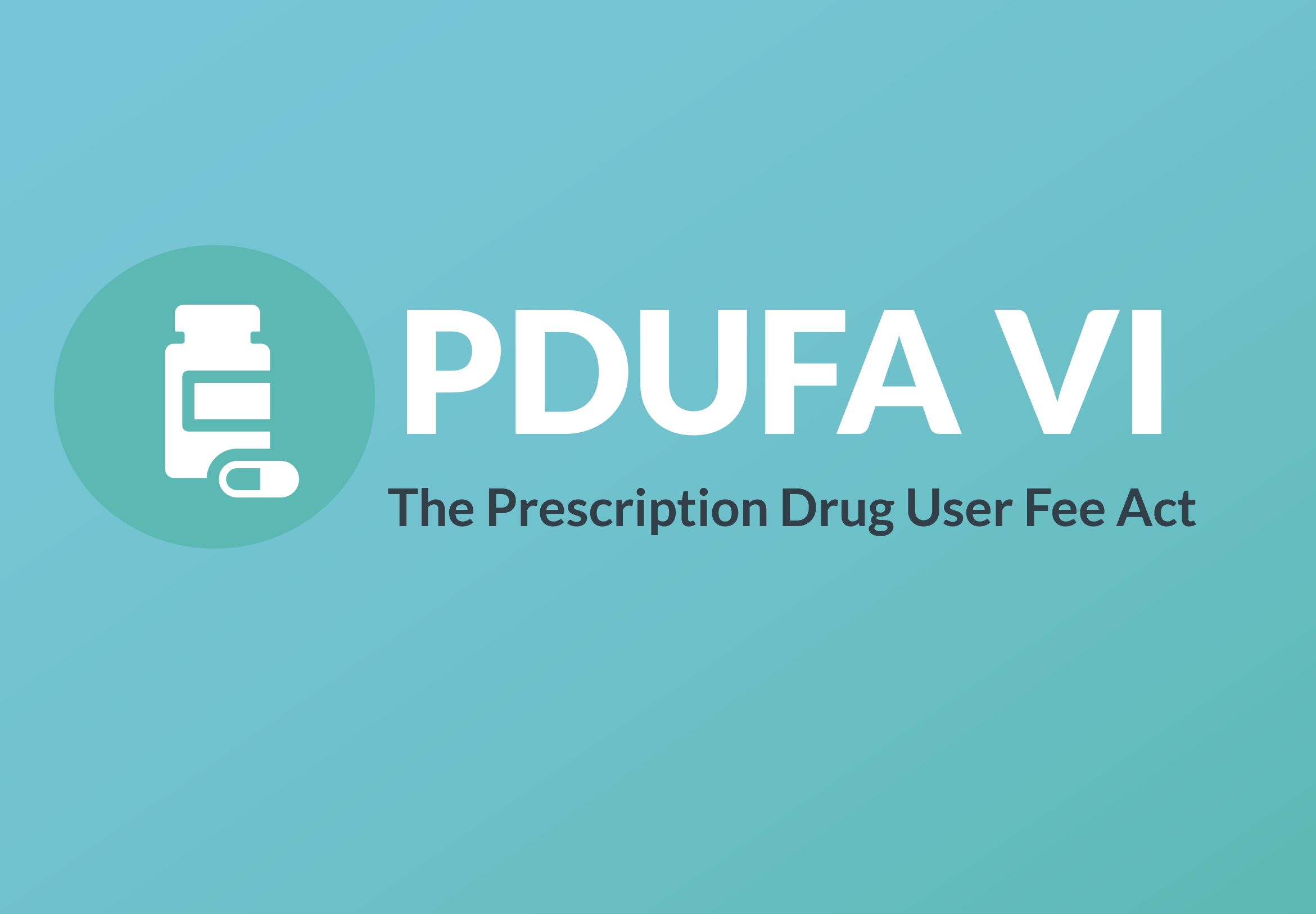Power to the PDUFA

The Prescription Drug User Fee Act was passed into law by Congress in 1992. The PDUFA implemented a fee-based framework for New Drug Applications and Biologics License Applications. One of its primary objectives was to provide funding to speed up the glacial pace of the FDA’s new drug review process. Specifically, the fees generated would allow expansion of staffing for FDA reviews, in addition to other performance goals. To further track its effectiveness and refine direction over time, the Act would require a reauthorization vote by Congress every five years. The FDA is currently operating under PDUFA VI. In 2022, Congress will hold a vote on PDUFA VII to govern fiscal years 2023-2027.
The origins of this influential initiative were, candidly, subpar US performance and standing in the pharmaceutical industry. In essence, gross underfunding left FDA pharmaceutical review operations ill-equipped for the exponential growth in therapeutics development. In the years leading up to the PDUFA, 70% of new medicines were first approved outside the US. The protracted FDA process was a major contributor to the lagging performance. In 1987 and 1988, for example, FDA reviews of NDAs averaged 29 and 27 months, respectively. While the US sought to improve its position in pharma innovation through the PDUFA, it was also made clear that stringent safety and scientific standards could not be compromised.
The Act’s dual fee structure (an application fee per medicine and an annual program fee for approved medicines without a generic equivalent), garnered much-needed funding to increase FDA staffing and overhaul the review process. If 1987 and 1988, reviews lumbered in at well over two years; in 1993 and 1994 (immediately post-PDUFA), the reviews came in averaging just 17 months. Today, the standard NDA/BLA review is 10 months, with certain approvals being completed within 6 months. It will be interesting to see whether Covid Era EUAs impact proposed PDUFA timeline options for subsequent iterations.
For packaging suppliers in the industry, awareness and understanding of the Act and the “PDUFA Date” will help you better serve your pharma clients. When a new drug or biologics license application is received, the FDA assigns the PDUFA Date, by which everyone involved will live until launch. As discussed in a previous post, scheduling packaging activities and design elements based on the PDUFA Date is the only way to comprehensively support a smooth and timely launch.
Also be aware of special FDA designations that allow even shorter timelines than the standard 10 months. These designations include: Priority Review, Breakthrough Therapy, Accelerated Approval, and Fast Track. Asking questions about a client’s unique factors at the outset can show you are informed and confirm important expectations.
Thanks in large part to the PDUFA, the FDA’s model is regarded today as the global “gold standard.” PDUFA VI (2017-2022) actively incorporates patient experiences and insights into its review process. It promotes innovation in clinical trial design and statistical methodologies, greater efficiency in drug development and patient needs. The law has also helped the US achieve standing as the global frontrunner in new medicine releases (69% in 2019). And in perhaps the most inspiring outcome, collaborative relationships have developed between the FDA, drug makers, researchers and statisticians, and patients and families. What better way to inform and direct performance goals for today and in the years ahead? As PDUFA VII reauthorization approaches in 2022, watch for more developments that could help your firm strategize new opportunities to make a difference.
RESOURCES:
https://www.phrma.org/en/Advocacy/Research-Development/PDUFA
https://www.pharmasalmanac.com/articles/drug-approval-trends-significant-acceleration-in-recent-years
https://www.fda.gov/industry/fda-user-fee-programs/prescription-drug-user-fee-amendments

.png)

.webp)